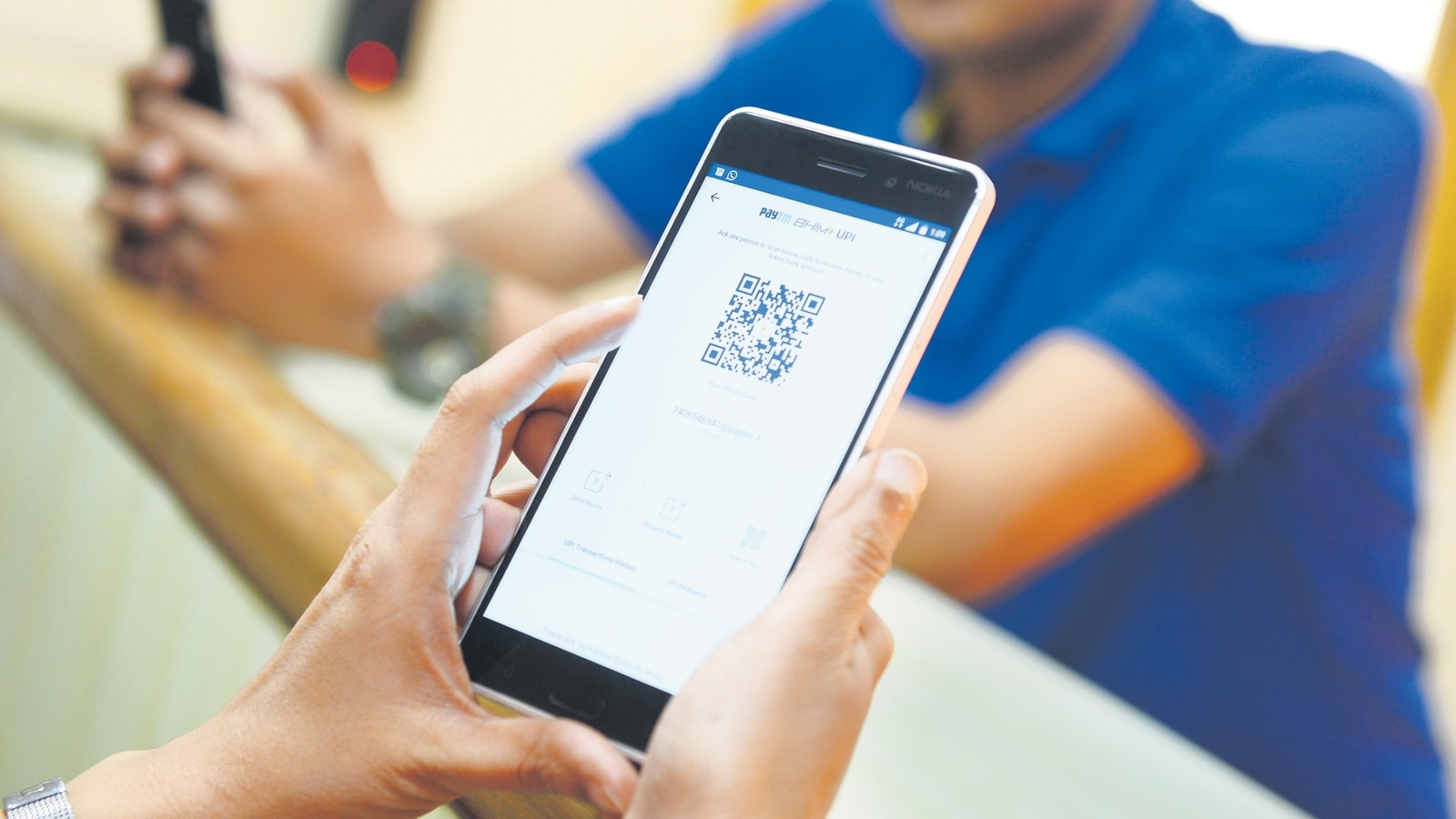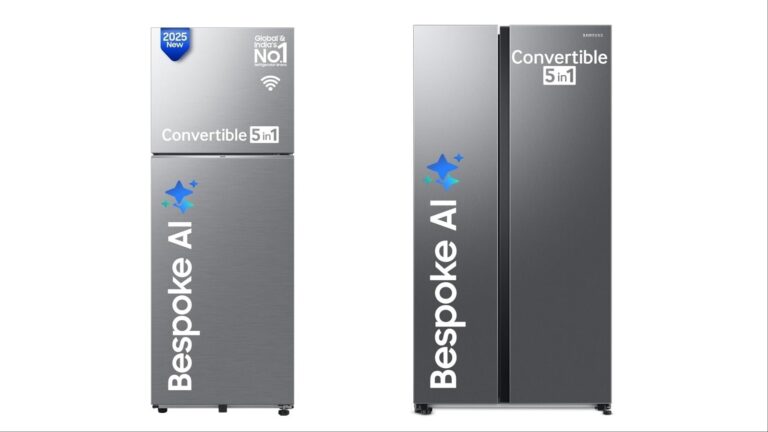India’s Unified Payments Interface (UPI) has reached a new milestone, crossing 700 million transactions in a single day for the first time on August 2, according to NPCI data reported by Moneycontrol. Meanwhile, ICICI Bank has begun charging payment aggregators like PhonePe and Google Pay a fee per transaction, sparking fresh debate on the sustainability of UPI’s zero-fee model.
 ₹25.1 lakh crore.(MINT)” title=”In July 2025, UPI processed a record 19.47 billion transactions totalling nearly ₹25.1 lakh crore.(MINT)” />
₹25.1 lakh crore.(MINT)” title=”In July 2025, UPI processed a record 19.47 billion transactions totalling nearly ₹25.1 lakh crore.(MINT)” />UPI growth trajectory and new milestone
In July 2025, UPI processed a record 19.47 billion transactions totalling nearly ₹25.1 lakh crore, reflecting a 35% year-on-year increase by volume and 22% by value. With daily volume steadily rising, from 628 million in June to over 700 million in early August, the government’s goal of reaching 1 billion UPI transactions per day looks increasingly achievable in 2026.
Mobile finder: iPhone 17 Air expected to debut later this year
ICICI Bank rolls out UPI transaction charges
Effective August 1, ICICI Bank has introduced a processing fee model for payment aggregators (PAs) handling merchant UPI transactions. Aggregators with escrow accounts at ICICI will be charged 2 basis points (bps) per transaction (capped at ₹6), while those without such accounts face a 4 bps fee (capped at ₹10).
However, merchants who receive settlements directly into their ICICI Bank accounts are exempt from these charges.
Earlier, only Yes Bank and Axis Bank among private lenders imposed similar fees. ICICI’s move reflects pressure on banks to offset infrastructure costs, a burden growing amid declining government subsidies and absence of MDR (Merchant Discount Rate).
Economic implications for fintech and merchants
Traditionally, UPI payments have been free for both users and merchants, with fintech firms and banks absorbing backend costs, including fees paid to NPCI’s UPI switch. With these new charges, PAs may choose to either absorb fees, which could squeeze margins, or pass them on to merchants, potentially raising the cost of acceptance for small businesses.
UPI outlook: Targeting 1 billion transactions daily
Despite the emergence of new charges, UPI continues to demonstrate robust monthly growth of 5–7% and year-on-year growth of nearly 40%, driven by increasing merchant adoption and broader digital penetration, merchant transactions alone now account for over 60% of UPI volume.
As UPI approaches global dominance as the world’s largest real-time retail payment system, the debate over sustainable monetisation and infrastructure funding becomes crucial. With pressure mounting on aggregator business models and calls increasing for MDR revival, with support even from the RBI, ICICI’s move may mark a shift in the financial ecosystem supporting India’s digital payments revolution.





















